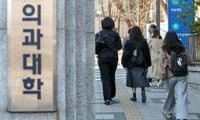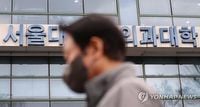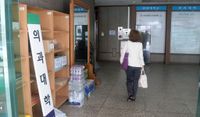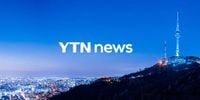Medical students across South Korea are witnessing a significant shift as many return to their universities after more than a year of class boycotts in protest against government plans to expand medical school enrollment. This movement has gained momentum particularly among students from Seoul National University, Yonsei University, and Ulsan University, where registration rates are nearing completion.
As of March 28, 2025, the medical student body at Seoul National University confirmed a full registration, with students expressing their commitment to return to classes before the March 31 deadline. Ulsan University, recognized for its affiliation with the Big 5 hospitals, also reported a 100% registration rate. Yonsei University followed suit, with nearly all students returning, except for one who was dismissed due to non-registration.
Choi Jae-young, the dean of Yonsei University's medical school, addressed faculty members on March 28, stating, "Despite many professors' concerns, most students confirmed their intent to participate in classes and completed their return applications. As a result, our university has experienced one dismissal due to non-registration." This dismissal marks the first of its kind among the 40 medical schools in the country.
In a notable shift, the Yonsei University medical student emergency response committee altered its strategy from an unregistered leave to a leave of absence after registration. This change allowed the university to extend the registration deadline to 5 PM on March 28, 2025, ensuring that most students could secure their places without the risk of dismissal.
Meanwhile, the medical students at Seoul National University also completed their registration ahead of the deadline, with university officials confirming that no students faced dismissal. The student council at Seoul National University indicated that pursuing collective action through unregistered leave was deemed impractical, leading to the decision to engage in collective action post-registration.
Despite the positive developments in registration rates, concerns linger about the potential for unrest. Some deans worry that students might refuse to attend classes or take leaves of absence after registering, which could undermine the educational integrity of medical training. A dean from one of the universities expressed, "We are confirming that students are committed to attending classes during the registration process. We are preparing to prevent any issues that may arise after registration to ensure that education is not compromised."
In light of these developments, the medical community is hopeful for a return to normalcy in medical education. However, the risk of students disrupting classes remains a significant concern. Choi Jae-young emphasized the priority of protecting students who wish to attend classes, stating that those who do not participate will face disciplinary action.
The registration surge is seen as a critical step toward normalizing medical education in South Korea, especially after a year marked by protests against the government's expansion plans. A representative from a patient advocacy group urged students to return and engage fully in their education, stating, "We hope that students will actively participate in classes, considering the prolonged suffering of patients due to the ongoing conflict."
As the final registration deadline approaches, the collective actions of these medical students will be closely monitored. While some view the nearly full registration as a positive change, there are fears of unforeseen consequences that could disrupt the educational environment further.
To date, about 70% of students at Catholic University’s medical school indicated their intent to return, with registration closing on the same day. Korea University also extended its registration deadline, projecting an 80% return rate.
The ongoing situation has highlighted the complexities surrounding medical education in South Korea, where student protests have underscored broader concerns about healthcare policies and the future of medical training. As universities prepare for the upcoming semester, the focus will be on ensuring that students not only return but also engage meaningfully in their education.
In summary, the return of medical students to their universities marks a pivotal moment in the ongoing dialogue between the government and medical professionals. The path forward will require careful navigation to address the concerns of students while ensuring that the quality of medical education remains intact.





![[단독]울산대-성균관대도 의대생 전원 복귀…연대는 ‘1명 제적’](https://thumbor.evrimagaci.org/mym3YCeJ-GVjjDKv6NSAGaA1mwc=/200x0/tpg%2Fsources%2Fcc6e31ad-66b8-4d7b-806b-46fb4a1dcc60.jpeg)



